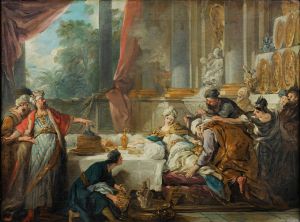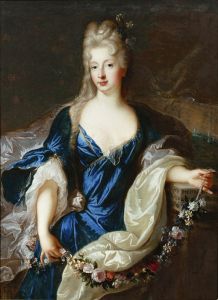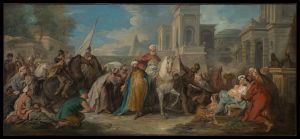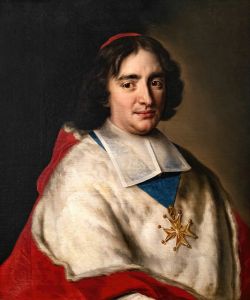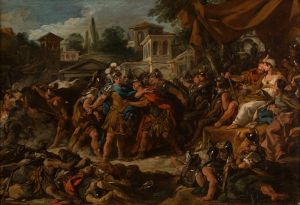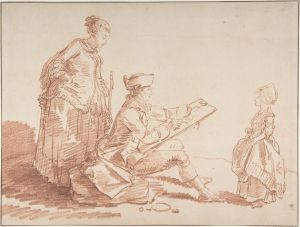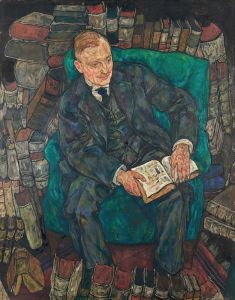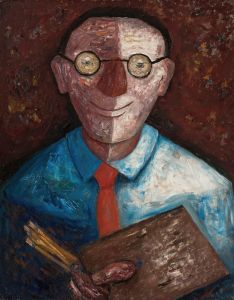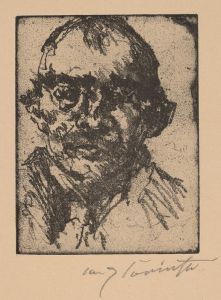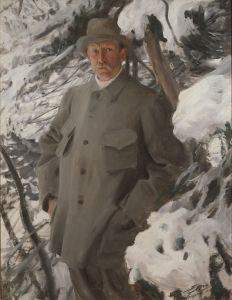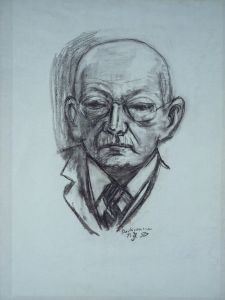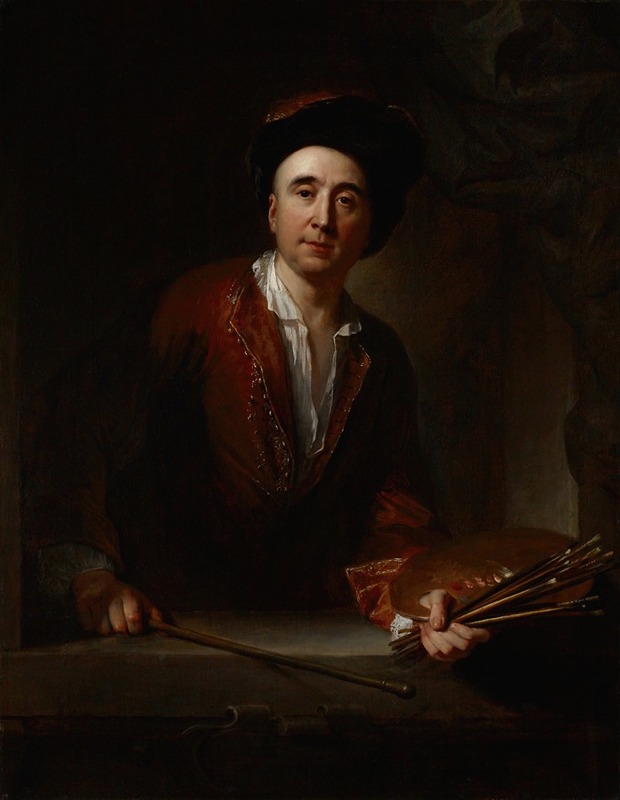
Self-Portrait
A hand-painted replica of Jean-François de Troy’s masterpiece Self-Portrait, meticulously crafted by professional artists to capture the true essence of the original. Each piece is created with museum-quality canvas and rare mineral pigments, carefully painted by experienced artists with delicate brushstrokes and rich, layered colors to perfectly recreate the texture of the original artwork. Unlike machine-printed reproductions, this hand-painted version brings the painting to life, infused with the artist’s emotions and skill in every stroke. Whether for personal collection or home decoration, it instantly elevates the artistic atmosphere of any space.
Jean-François de Troy's Self-Portrait is a notable work by the French Rococo painter, who was active during the late 17th and early 18th centuries. De Troy (1679–1752) was renowned for his elegant compositions, which often depicted historical, mythological, and genre scenes. His self-portrait provides insight into his artistic style and personality, reflecting the sophistication and refinement characteristic of his era.
The painting is believed to have been created during the height of de Troy's career, showcasing his mastery of portraiture. In this work, de Troy presents himself with a confident and composed demeanor, dressed in the fashionable attire of the time. The artist's use of light and shadow emphasizes his facial features, highlighting his skill in rendering texture and detail. The brushwork is fluid and precise, consistent with the Rococo aesthetic, which often favored grace and elegance.
De Troy's Self-Portrait is significant not only as a representation of the artist but also as a document of the cultural and artistic values of 18th-century France. Self-portraits during this period were often used by artists to assert their status and identity within the art world. By depicting himself in a dignified manner, de Troy aligns himself with the intellectual and creative elite of his time.
The painting is housed in a public or private collection, though specific details about its current location or provenance are not widely documented. Jean-François de Troy's broader body of work includes tapestry designs, large-scale historical paintings, and genre scenes, many of which were commissioned by the French court and aristocracy. His contributions to the arts were highly regarded during his lifetime, and his self-portrait remains a testament to his talent and legacy.
Further research into the painting's history, including its creation date and original ownership, may provide additional context. However, the available information highlights its importance as a reflection of de Troy's artistic achievements and the cultural milieu of 18th-century France.





